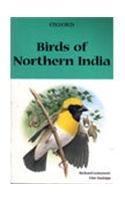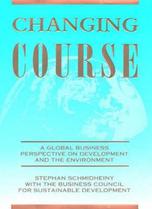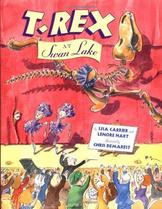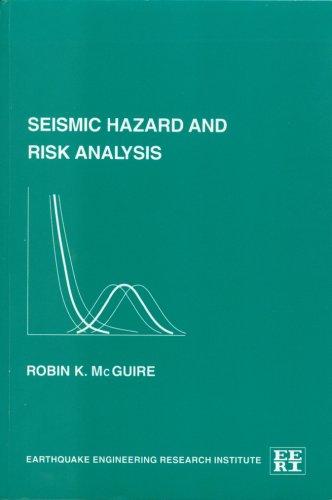 21.0%OFF
21.0%OFF

Download App
| >> | LShop | >> | Book | >> | Earth Sciences, Geog... | >> | The Environment | >> | Seismic Hazard And R... |
 21.0%OFF
21.0%OFF
Seismic Hazard and Risk Analysis
-
ISBN
:
9780943198019
-
Publisher
:
Earthquake Engineering Research Institute
-
Subject
:
The Environment
-
Binding
:
HARDCOVER
-
Pages
:
240
-
Year
:
2004
₹
3839.0
 21.0% OFF
21.0% OFF
₹
3032.0
Buy Now
Shipping charges are applicable for books below Rs. 101.0
View DetailsEstimated Shipping Time : 5-7 Business Days
View Details-
Description
This monograph is intended as a general introduction to methods of seismic hazard and risk analysis. Over the past 35 years, great progress has been made in the acceptance and use of probability methods in earthquake problems. A well-informed, if approximate, analysis benefits the decision making process in determining what percentage ofresources to put into reducing earthquake dangers, as compared with reducing other types of possible dangers. Potentially large losses justify the significant effort involved in a seismic risk assessment, and a formal assessment allows the disciplines of seismology, geology, strong-motion geophysics, and earthquake engineering to communicate through a common language of best estimates and uncertainties. This book is a compilation of how these disciplines contribute to the evaluation of seismic risk. McGuire fully describes the connection between probabilistic seismic hazard analysis (PSHA) and seismic risk in a quantitative format. He begins by defining key terms and presents an overview of probabilistic seismic hazard and risk computations to show how all the elements fit together. Then he examines the elements in more detail how to describe earthquake source characteristics, estimate seismic ground shaking, perform seismic hazard analyses, and estimate seismic risk. While the probability theory in this monograph is not very complex, the reader should (1) know the elements of such theory, (2) be comfortable with probability density functions, cumulative distribution functions, and conditional distributions, and (3) be familiar with seismology, magnitude definitions, and representations of strong ground motion.
-
Author Biography
Dr. McGuire formed Risk Engineering, Inc. in 1984 to provide high-quality consulting services to clients faced with engineering risk problems. He first developed and published many of the methods taken today as requirements for advanced probabilistic seismic risk analysis, including: probabilistic analysis at multiple frequencies to calculate a uniform hazard spectrum, development of epistemic uncertainties in parameters such as maximum magnitude, treatment and mapping of epistemic uncertainties, derivation of a random-vibration model to predict earthquake ground shaking, deaggregation of seismic hazard to identify major contributors to hazard, and concepts of seismic risk to a lifeline system, rather than to an aggregate set of sites. He continues to develop new applications of seismic hazard and risk methods, and designs software to analyze the challenging problems facing his clients. He earned an S.B. in civil engineering from the Massachusetts Institute of Technology, an M.S. in structural engineering from the University of California, Berkeley, and a Ph.D. in structural engineering from MIT.
Related Items
-
of












 3032.0
3032.0





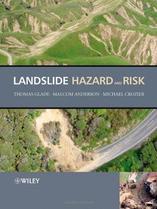
 25968.0
25968.0
